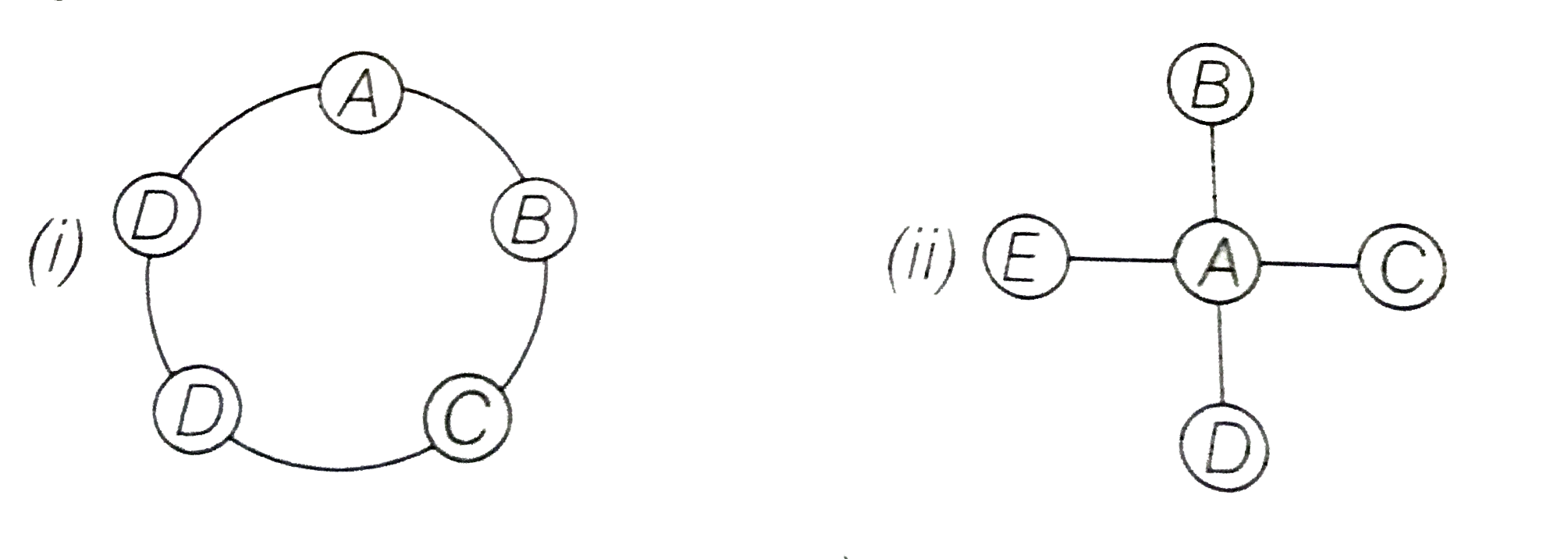Which type of information can be obtained from a floral diagram?
Step-by-Step Solution:
1. Understanding Floral Diagrams: A floral diagram is a visual representation of the structure of a flower. It illustrates the arrangement and relationship of various floral parts.
2. Parts of the Flower: The floral diagram provides information about the different parts of the flower, including sepals, petals, stamens (androecium), and carpels (gynoecium).
3. Number of Floral Parts: The diagram indicates the number of each type of floral part present in the flower. For example, it shows how many sepals and petals there are.
4. Arrangement of Floral Parts: The diagram also reveals how these parts are arranged in relation to one another. This includes their positions and how they are organized in whorls.
5. Cohesion and Adhesion: The floral diagram helps in understanding the cohesion (the sticking together of similar parts) and adhesion (the sticking together of different parts) among the floral parts.
6. Position of the Ovary: The diagram can indicate whether the ovary is superior (above the attachment of other floral parts) or inferior (below the attachment of other floral parts).
7. Floral Formula: Along with the diagram, a floral formula is often used to represent the flower's structure symbolically. For example, K for calyx, C for corolla, A for androecium, and G for gynoecium.
8. General Structure of the Flower: Overall, the floral diagram gives a comprehensive view of the flower's general structure, including the arrangement of its parts and their relationships.
Similar Questions
Knowledge Check
Which of the following can be obtained from napth?
AParffin waxBNapthaleneCPetroleum etherDAllWhich one of the following can be obtained from an ogive?
AMeanBMedianCGeometric meanDModeWhich one of the following information can be obtained on the basis of Le-chatelier's principle ?
ADissociation constant of a weak acidBentropy change in a ractionCequilibrium constant of a chemical reactionDShift in equilibrium postion on changing value of a constant.
An Image which can be obtained on a screen is called a ________image.
View SolutionWhich one of the following informations can be obtained on the basis of Le Chatelier principle?
View SolutionWhich metal can't be obtained from electrolysis
View SolutionThe metal which can be obtained from anode mud is
View SolutionThe following information can be obtained graphically from the data presented through the rectangular diagram
View Solution

